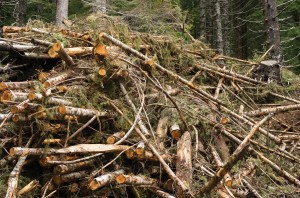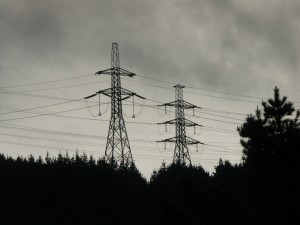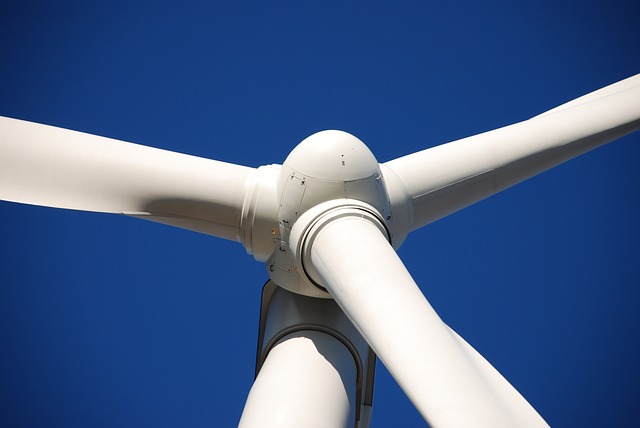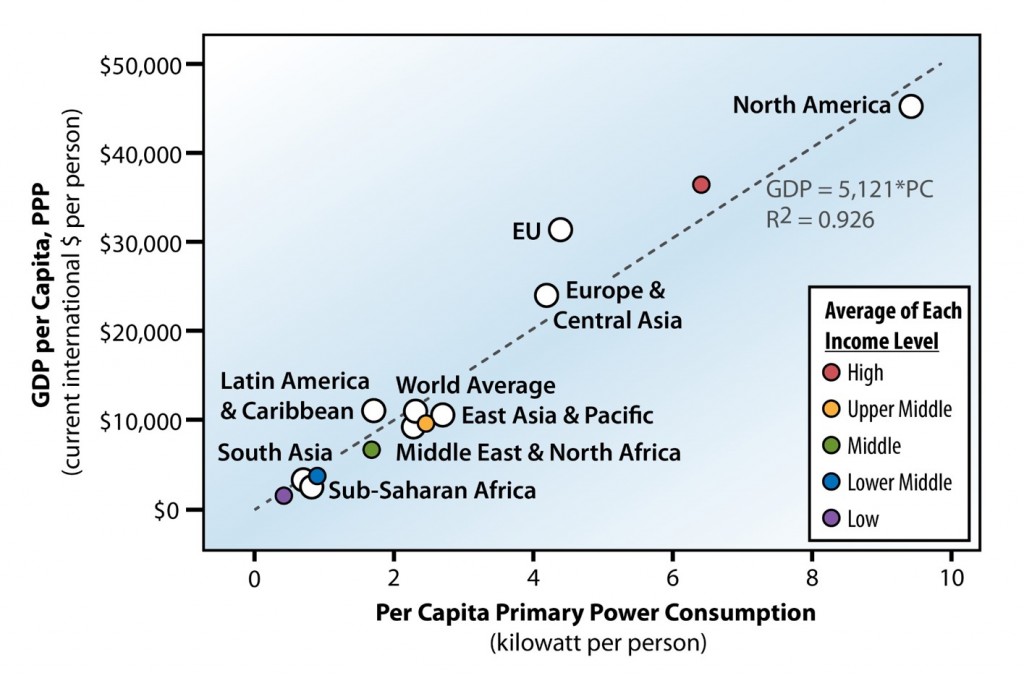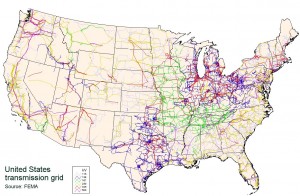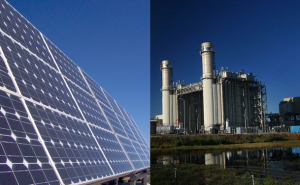37 item(s) were returned.
The Senate recently passed the bipartisan Energy Policy Modernization Act (S.2012) cosponsored by Senators Murkowski and Cantwell. One aspect of the bill that is creating controversy revolves around provisions characterizing biomass as a renewable, carbon-neutral energy source. This new, definitive characterization has sparked significant disagreement. Proponents argue that the carbon emitted is part of a closed-loop system through which plant regrowth captures CO2 emissions. The Biomass Thermal Energy Council expressed its support of the carbon-neutral designation in the legislation, indicating that the bill puts “clean, highly efficient energy from biomass on a better footing to contribute to our country’s renewable… [more]
View InsightChair, Energy & Commerce Subcommittee on Environment & Climate Change, U.S. House of Representatives
Co-Chair, Sustainable Energy & Environment Coalition
On a hot day in August 2003, a stretched transmission line tripped after dipping into an overgrown tree in Ohio. Soon after, multiple transmission lines nearby also tripped beginning what would become the second-largest blackout at that time in history, impacting eight Northeastern states and Southern Canada. Since this massive blackout and concerns about grid reliability, power generation in the United States has changed dramatically both in form and quantity. In 2005, Congress recognized the need for mandatory grid reliability standards and expanded the Federal Energy Regulatory Commission’s (FERC) authority to regulate the bulk power system. However, despite FERC’s efforts… [more]
View InsightRenew and Sustain is a firm dedicated to helping people and organizations navigate the path to sustainability. We work with clients to explore and identify opportunities to implement best practices, achieve goals, and increase profits. While sustainability is not a game, we are here to be your coach. We collaborate with our partners and clients to create winning strategies for them, their communities, and the environment.
View InsightExecutive Director
Energy Storage Association
It’s been two months since the Environmental Protection Agency (EPA) released the Final Rule for the Clean Power Plan (CPP). Even if you haven’t read all 1560 pages yet, you probably know the gist of it by now. At its core, the CPP identifies three building blocks in setting the goal for each state: (1) lowered heat rates at coal-fired steam plants, (2) increased utilization of existing natural gas combined cycle plants, and (3) increased deployment of utility-scale non-emitting renewables. Most notably, energy efficiency (EE) is missing from that list, which is a change from the 2014 proposal. However, while… [more]
View InsightPolicy Associate
EESI
Although the administration’s finalized Clean Power Plan was released in early August, EPA is still actively grappling with the rules regarding biomass feedstocks as a compliance option under the Plan. Biomass (or biogenic) feedstocks include wastes such as organic wastes, lumber, pulp and paper industry wastes, agricultural residues and purpose-grown feedstocks. Solid biomass can be co-fired with coal in existing plants or used in renewable heating applications. The biomass industry argues that the utilization of biomass as an electricity source is an attractive option for states as it has the potential to sequester carbon as additional feedstocks are grown, it… [more]
View InsightIn November, 2013, EPA announced a highly contentious proposal that lowered the 2014 Renewable Fuel Standard targets below their 2013 levels. These targets apply to the amount of renewable fuels that are blended into the nation’s gasoline supply. A year later, EPA abandoned the proposal after significant push back from the renewable fuel industry, agreeing to reconsider the 2014 targets. EPA has yet to reissue the proposal. The American Petroleum Institute (API) and the American Fuel and Petrochemical Manufacturers (AFPM) filed a lawsuit over the delay, contending that they are left guessing how much ethanol they were required to use last… [more]
View InsightPresident
RENEWPR
The American wind energy industry has grown in spite of the “boom and bust” cycle of wind energy development fostered by the renewal-expiration-renewal cycle of the wind production tax credit (PTC). The PTC is one of the primary tools used to spur wind energy development and expired at the end of 2013. The result was a 92% drop in 2013 installations, compared to 2012. Extension of the PTC will likely be the subject of debate about so-called tax extenders during the upcoming “lame duck” session of Congress as the wind industry seeks an extension of the PTC through 2015. The… [more]
View InsightUniversity Distinguished Professor
Michigan State University, Dept. of Chemical Engineering
Human well-being is a direct function of power consumed, or the rate at which work is done. The relationship between rate of energy consumption and rate of wealth production should not surprise anyone. The faster work is done (more power consumed), the more wealth that is produced. It is impossible to think of a single wealth-producing activity that does not require work—the expenditure of energy. The great increase in the world’s wealth since the Industrial Revolution is the obvious outcome of using fossil fuels to provide the energy for machines to do work. We got rich in the last couple… [more]
View InsightExecutive Director
Pace Energy and Climate Center
This discussion is presented in conjunction with the closing keynote at the Association for Environmental Studies and Sciences 2014 Conference. Cost-effective and profitable energy efficiency technologies and services, and renewable energy generation alternatives are available today to end GHG emissions from the electric utility sector entirely. Traditional cost-of-service regulation rewards capital investments more than the provision of value, punishes innovation and efficiency, and treats customers as “ratepayers” with few choices and little clout. Today’s electric utilities are not well prepared to make the business model changes required to become truly sustainable. Three key strategies map a path forward. First, cost-of-service… [more]
View InsightLead Communications Consultant
Duke Energy
The role of natural gas in a clean energy future has been widely debated due to concerns over life-cycle carbon emissions and perceptions that relying on natural gas as a “bridge fuel” is short-sighted and reduces investment in clean energy. A study published in the journal Science concluded methane leaks from the production and piping of natural gas were underestimated and could be large enough to undermine the carbon reduction benefits compared to coal. Recent utility developments have highlighted the competition between renewables and natural gas: Faced with a capacity shortage as a result of the retirement of the 2,200… [more]
View Insight